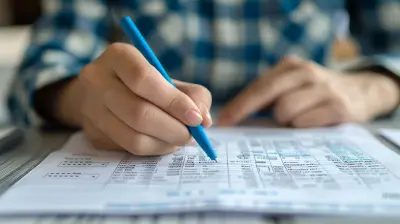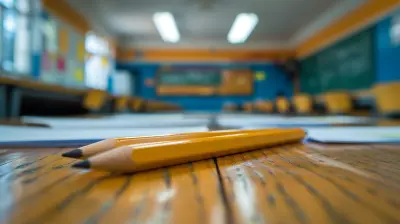How to Foster Creativity in the Classroom
25 July 2025
Creativity is the secret ingredient to making learning fun, engaging, and meaningful. But in a world that often emphasizes standardized testing and rigid curriculums, nurturing creativity in the classroom can feel like an uphill battle.
Fortunately, fostering creativity isn’t about tossing the curriculum out the window—it’s about creating an environment where students feel encouraged to think differently, take risks, and express themselves. Whether you’re a teacher looking for new strategies or a parent curious about innovative learning techniques, this guide will help you bring creativity to life in the classroom.
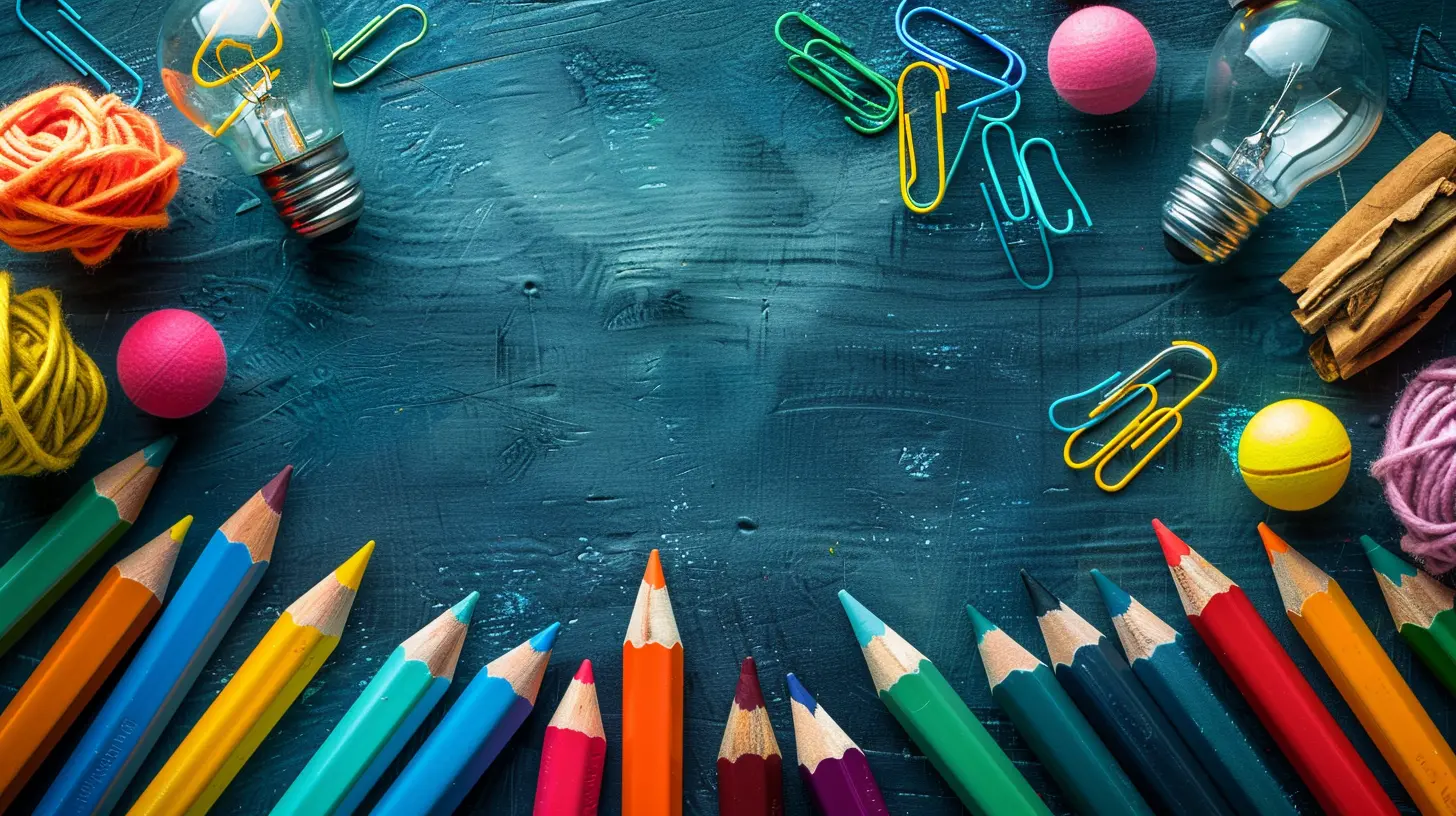
Why Is Creativity Important in Education?
Before diving into the "how," let’s talk about the "why."Creativity isn't just about painting, writing, or playing an instrument. It's the driving force behind problem-solving, critical thinking, and innovation. When students are encouraged to think creatively, they become better at adapting to change, expressing their ideas, and approaching challenges with confidence.
In today’s fast-evolving world, creativity is no longer a "nice-to-have" skill—it’s essential. According to a report from the World Economic Forum, creativity is one of the top skills needed for success in the modern workforce.
But creativity isn’t just beneficial for future careers; it also makes learning more enjoyable. A creative classroom fosters curiosity, excitement, and deeper engagement with the subject matter.
Now that we understand its importance, let’s explore practical ways to foster creativity in the classroom.
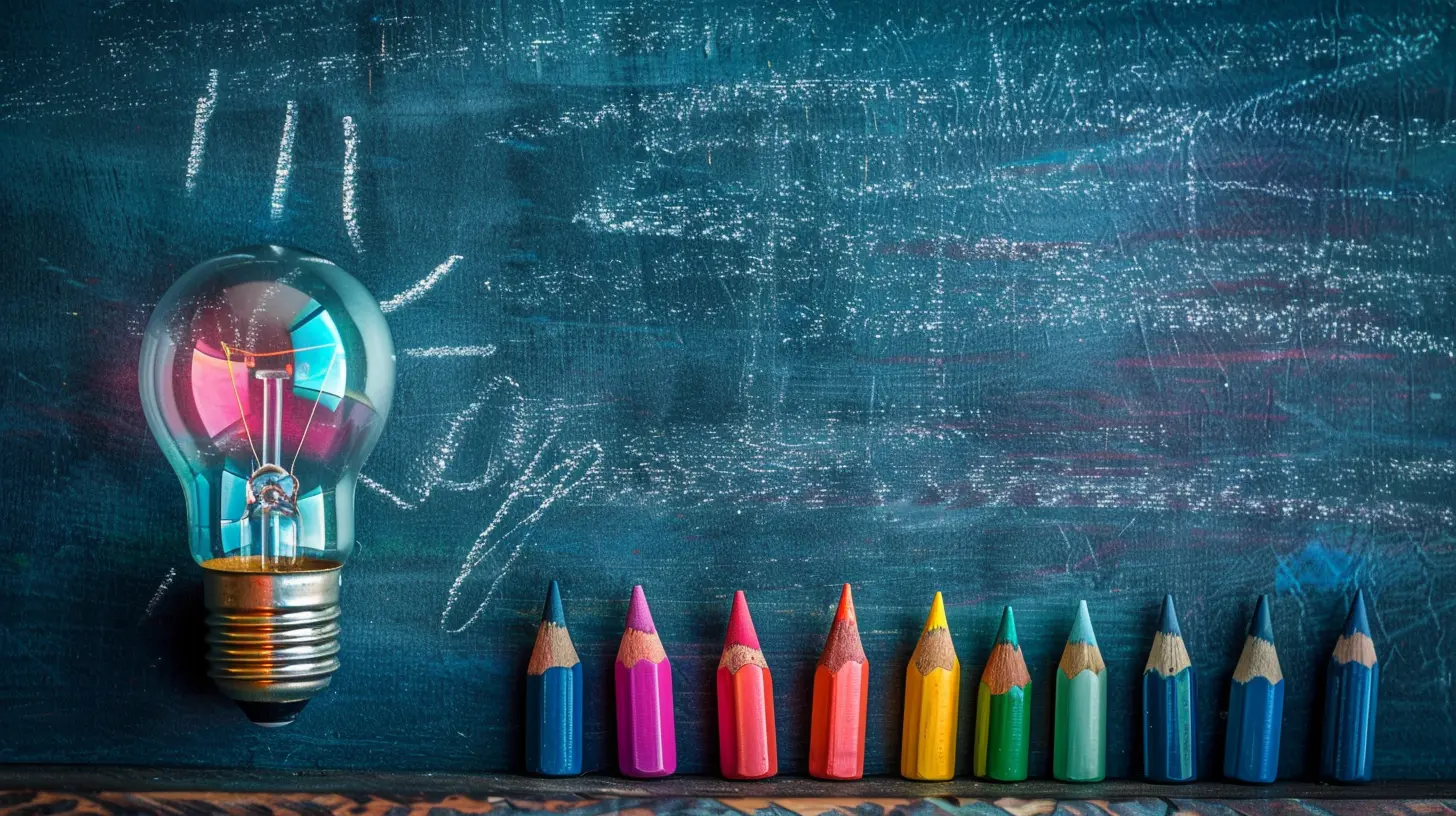
1. Create a Safe and Encouraging Environment
Creativity thrives in a space where students feel safe to express themselves without fear of judgment. If students worry about making mistakes or being wrong, they’re less likely to take creative risks.Ways To Build a Creativity-Friendly Classroom:
- Encourage Effort Over Perfection – Let students know that creativity is about exploring ideas, not always getting the right answer. Praise their attempts rather than just the final product.- Make It Okay to Fail – Teach students that failure is part of the learning process. Some of the greatest inventions happened after multiple failures!
- Celebrate Unique Thinking – When a student shares an unconventional idea, highlight the value in their creativity.

2. Introduce Open-Ended Activities
Nothing stifles creativity like rigid, step-by-step instructions. Instead, give students challenges where there are multiple solutions and let them explore different ways to approach the problem.Ideas for Open-Ended Activities:
- Creative Writing Prompts – Instead of asking students to summarize a chapter, have them write an alternate ending or a letter from a character’s perspective.- STEM Challenges – Assign projects like "build a bridge using only paper and tape" or "design a city of the future."
- Art and Music Exploration – Let students create their own interpretations of songs, paintings, or poems without heavy guidelines.
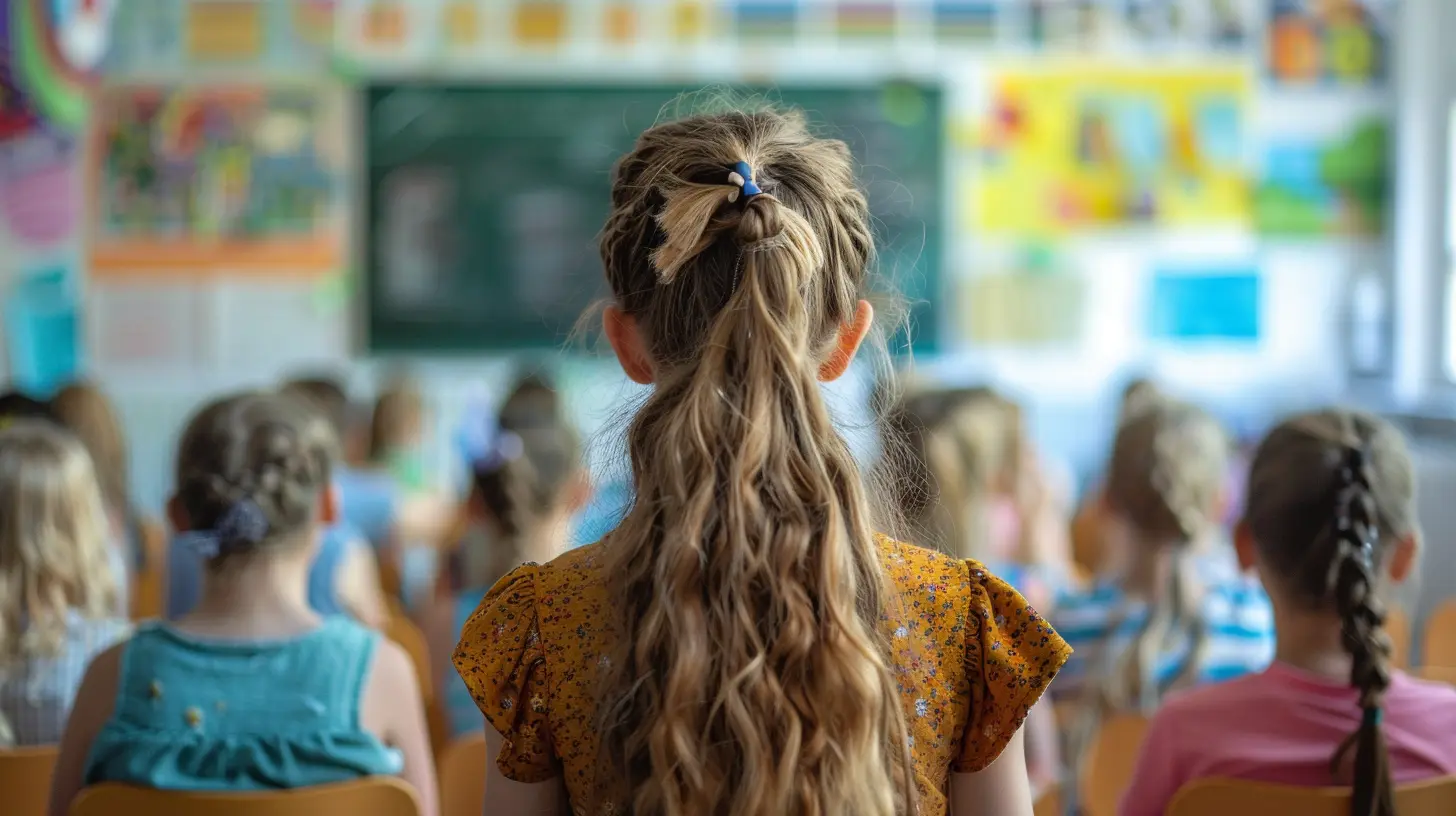
3. Encourage Curiosity and Questioning
Creativity starts with curiosity. When students ask questions and explore "what if" scenarios, they develop the ability to think outside the box.Ways to Spark Curiosity:
- Use Inquiry-Based Learning – Instead of giving students all the facts, pose interesting questions and guide them to find their own answers.- Encourage "What If" Thinking – Ask questions like "What if dinosaurs never went extinct?" or "What if you could invent a new holiday—what would it be?"
- Allow Student-Led Discussions – Give students the freedom to lead classroom discussions and explore topics that interest them.
4. Incorporate Play and Imagination
Play isn’t just for preschoolers—it’s a powerful tool for learning at any age. When students engage in playful activities, they develop problem-solving skills, collaboration, and creativity.Fun Ways to Bring Play into Learning:
- Role-Playing Games – Have students take on roles as historical figures, scientists, or entrepreneurs and solve real-world challenges.- Improvisation and Storytelling – Use drama and improv games to spark spontaneous creativity.
- Gamify Learning – Incorporate educational board games, escape room activities, or friendly classroom competitions.
5. Use Technology Creatively
Technology isn’t just for research and typing up reports—it can be a powerful tool for creativity when used in the right way.Creative Uses of Technology in the Classroom:
- Digital Storytelling – Let students create their own short films, podcasts, or animations.- Online Collaboration – Use tools like Google Jamboard or Padlet to brainstorm ideas together in real time.
- Coding and Game Design – Introduce students to beginner-friendly coding platforms that allow them to make their own interactive stories or games.
6. Let Students Take Ownership of Their Learning
When students have a say in what and how they learn, they become more invested in the process. Giving students autonomy encourages them to explore topics in creative ways.How to Give Students More Ownership:
- Passion Projects – Allow students to pursue a project on any topic of their choice and present their findings creatively.- Choice Boards – Offer different assignment options so students can pick the format that best suits their skills (e.g., making a video, writing a story, or creating a model).
- Student-Designed Class Activities – Let students come up with their own learning activities or assignments.
7. Incorporate Real-World Problem-Solving
Creativity is most powerful when applied to real-world situations. Give students challenges that require them to think critically and come up with innovative solutions.Hands-On Learning Ideas:
- Community Projects – Have students design solutions to local problems, such as improving recycling efforts at school.- Entrepreneurial Thinking – Let students develop business or product ideas and pitch them to the class.
- Global Issues Discussions – Encourage students to brainstorm creative ideas for tackling big challenges like climate change, poverty, or education inequality.
8. Model Creative Thinking as a Teacher
If you want students to be more creative, lead by example! Show them that creativity isn’t just something they’re expected to do—it’s a mindset that can be applied to everyday life.Ways to Model Creativity:
- Think Aloud – Share your thought process when solving problems or coming up with new ideas.- Experiment with Different Teaching Methods – Try incorporating storytelling, interactive activities, or unconventional lesson plans.
- Demonstrate Adaptability – Show students how to embrace change and find creative solutions when things don’t go as planned.
9. Foster a Collaborative Learning Environment
Creativity often thrives in collaborative settings, where students can bounce ideas off one another and build on each other's strengths.How to Encourage Collaboration:
- Group Projects with a Twist – Assign team challenges that require combining different skill sets.- Peer Feedback Sessions – Let students provide constructive feedback on each other’s creative work.
- Cross-Disciplinary Activities – Merge subjects (e.g., mix science with storytelling or math with art) to create interdisciplinary learning experiences.
10. Give Students Time for Reflection and Downtime
Creativity needs breathing room. If students are constantly bombarded with information and assignments, they don’t have time to process and generate new ideas.Ways to Build Reflection Time:
- Journaling – Encourage students to keep a creativity journal where they jot down ideas, sketches, or reflections.- Silent Think Time – Give students moments of quiet to brainstorm ideas before discussions or projects.
- Outdoor Learning Breaks – Sometimes, a change of scenery (like a walk outside) can spark fresh inspiration.
Final Thoughts
Creativity isn’t something that can be forced—it flourishes when students feel inspired, encouraged, and free to explore new ideas. By creating a classroom that values curiosity, imagination, and innovation, you’re not just helping students become more creative thinkers; you’re equipping them with essential skills that will serve them for life.So, start small! Whether it’s adding a creative challenge to your lesson plan or simply encouraging more open-ended discussions, every little effort makes a difference. After all, today’s creative thinkers are tomorrow’s problem-solvers and trailblazers!
all images in this post were generated using AI tools
Category:
Teacher TrainingAuthor:

Zoe McKay
Discussion
rate this article
1 comments
Drew Frank
Inspiring creativity is essential for student growth. Embrace diverse ideas, encourage collaboration, and create a safe space for exploration—magic will happen!
August 15, 2025 at 2:46 AM

Zoe McKay
Thank you for your insights! Embracing diversity and collaboration truly cultivates an environment where creativity can thrive.
